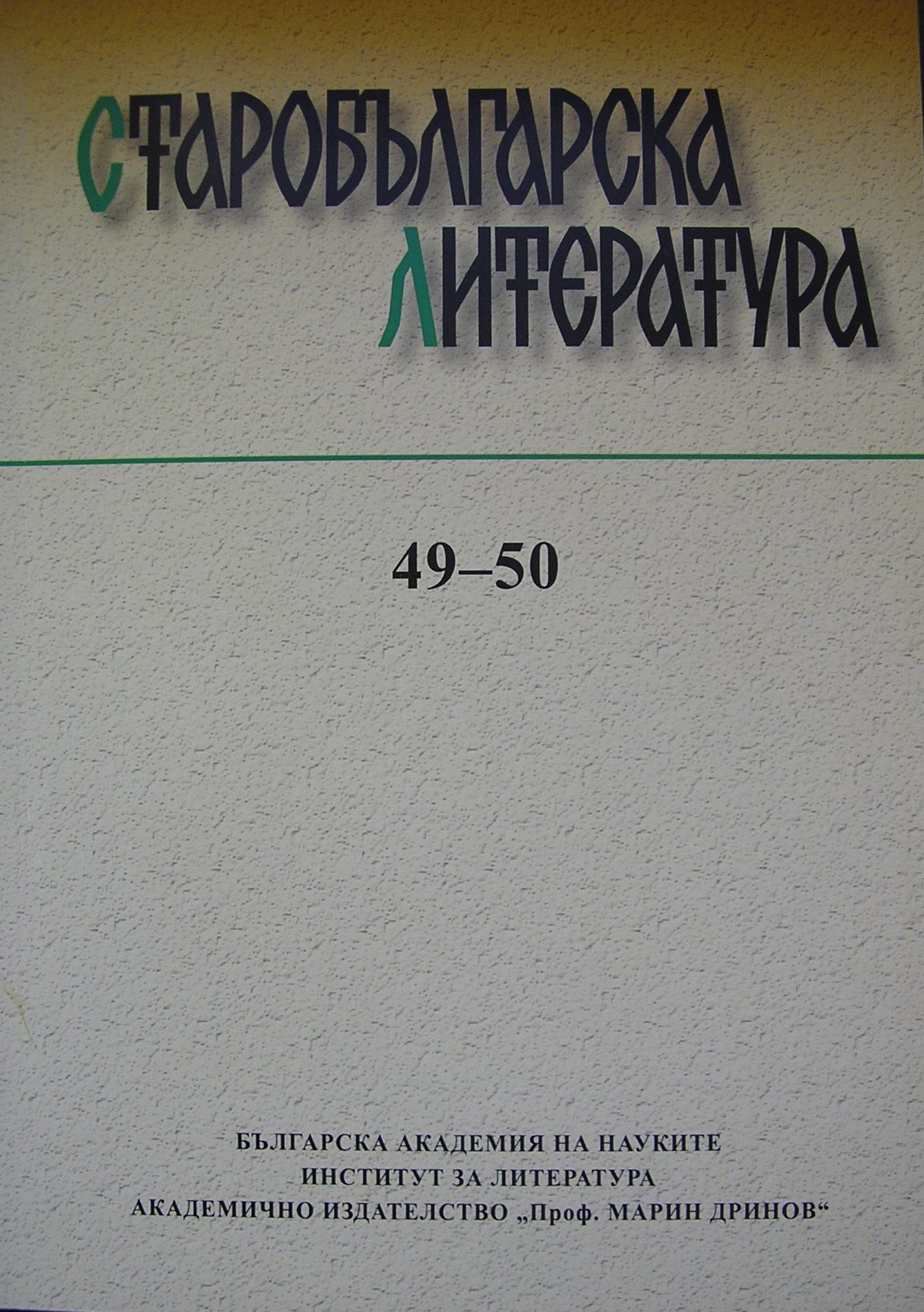
We kindly inform you that, as long as the subject affiliation of our 300.000+ articles is in progress, you might get unsufficient or no results on your third level or second level search. In this case, please broaden your search criteria.


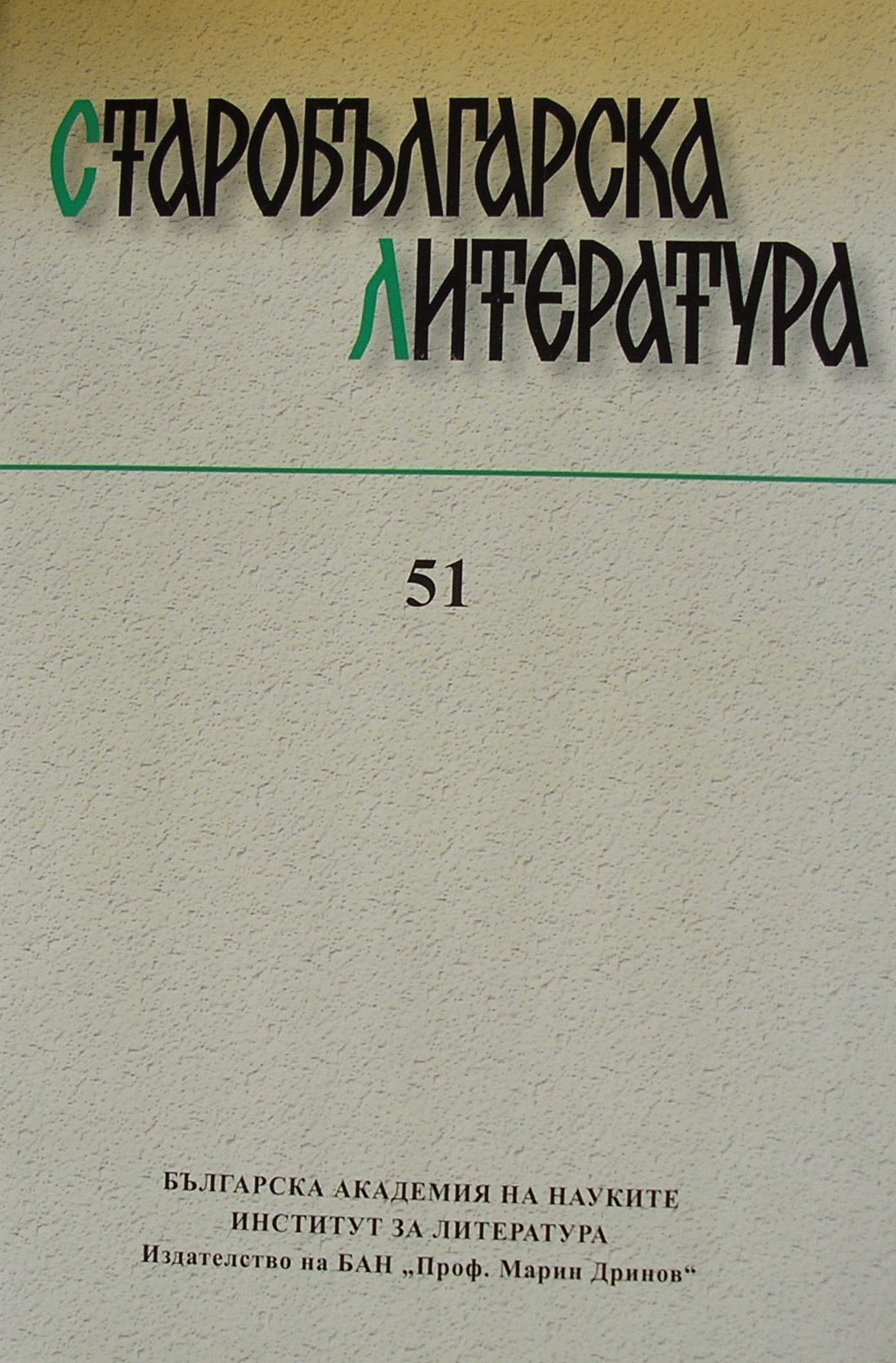
The liturgical hymnographic book Tropologion was in use until about the end of the 12th century: in the 13th century, sources with such a designation are rare. In its classical complete form, this book contains hymnographic repertory for immovable and moveable feasts that are arranged sequentially according to the church calendar, for the common services and for the eight mode consequences. The movable feasts are included between the immovable ones after the Hypapante on February 2. While there is no book designated as Tropologion among extant Old Slavic books, and among Old Bulgarian books in particular, it does not mean that such a book was not known during the early Old Bulgarian era. We can assume that the earliest extant Old Slavic (Old Bulgarian) books reflect a later stage of development of liturgical books, so that the Tropologion precedes the formation of the Menaia, Triodia and Oktoechoi, in which significant portions of it were preserved at a time when the book itself was already out of use. One of the basic criteria for identifying a book as a Tropologion is its structure. The availability of a continuous sequantial arrangement according to the liturgical calendar, where the moveable are included after the Hypapante and in between immovable feasts, is typical of the earliest hymnographic books at least until about the mid-10th century. The earliest Slavic manuscript that meets this criterion is the famous Iliya’s book, the oldest Russian hymnographic codex. Scholars agree that its protograph is of Bulgarian origin. This study shows that the nucleus of Iliya’s book was formed at the time of Ss. Cyril and Methodius. Hence, the protograph of the book goes back to the 9th-10th centuries. The earliest extant copy is from the 11th-12th centuries. After the Hypapante in Iliya’s book, there is an indication for the beginning of Lent. This peculiarity clearly shows the copyist’s intention to arrange services in an uninterrupted order, as in the book of the Tropologion. The indication for Lent in Iliya’s book remains unique – it is the only such indication known in the Slavic manuscript tradition and one of the most convincing arguments that the Old Bulgarian protograph of Iliya’s book might have been a Tropologion: the hymnographic book of the Tropologion was most widely spread throughout the Eastern world, including Southern Italy, between the 7th and the 12th centuries. One more early Slavic manuscript is defined as a Topologion – the Glagolitic fragment Sinai 4/N dated from the 11th-12th centuries and also linked to the Cyrilo-Methodian era. Based on the manuscripts discussed, the author concludes that the hymnographic book used by Cyril and Methodius in their worship was most probably the Tropologion and that this book was known in Bulgaria during the early Old Bulgarian period.
More...
This article analyses two particular Russian znamenny manuscripts from the Moscow Historical Museum—the Synodal Triodion 319 and the Voskresensky Pentecostarion 27, both written in the last third of the 12th century in Novgorod—as integral parts in the formation of a unified tradition. The analysis of the codices’ content and notational peculiarities reveals traces of five sources: three major ones directly used by the scribes, and two supplementary ones. The oldest prototype (probably from the 10th century) appears to be the same Greek Triodion that was used as the main source for the first Triodion translated into Russian. This source did not contain the prosomoia by St. Joseph in its Lenten part. The second source was most likely a notated Russian Sticherarion, and the third a znamenny Heirmologion. The fourth source must have been a Slavonic Triodion, since the GIM-set contains hymnography by Konstantine Preslavsky. Finally, the fifth source must have been the Greek Studite codex, from which the Lenten prosomoia by St. Joseph and some anonymous hymns were introduced into the GIM-set. The author argues that this Greek source could be indirectly connected with some Greek Triodia from the Grottaferrata collection.
More...
The present study is an attempt to apply statistical methods to analyzing the terminological vocabulary of Old Bulgarian on the basis of lexical material from John the Exarch’s translation of De Orthodoxa Fide. The author uses tables to present a glottometric characterization of the lexical material under study. The article concludes by comparing its results to data from other Old Bulgarian written monuments that have already been the object of similar studies.
More...

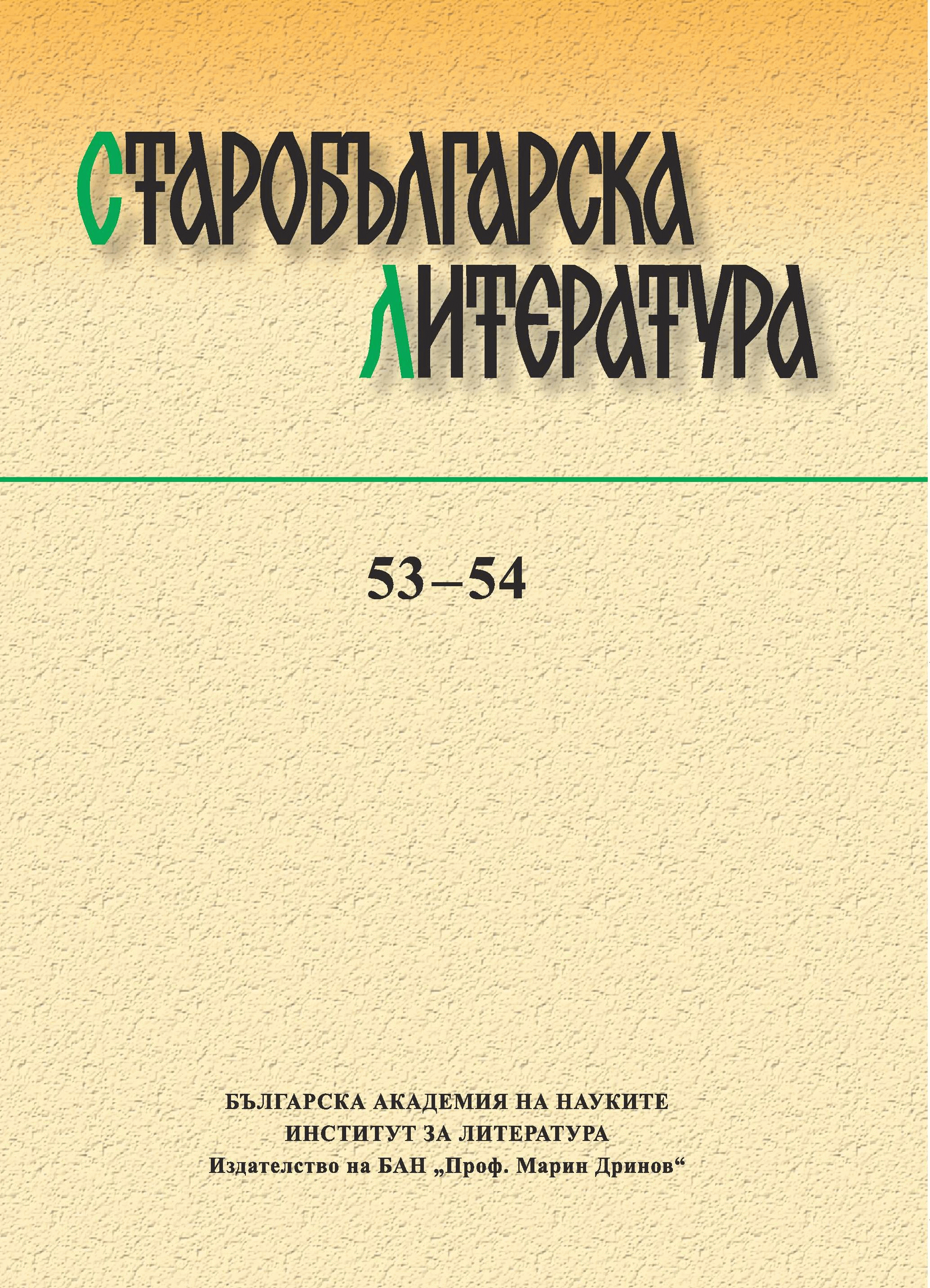


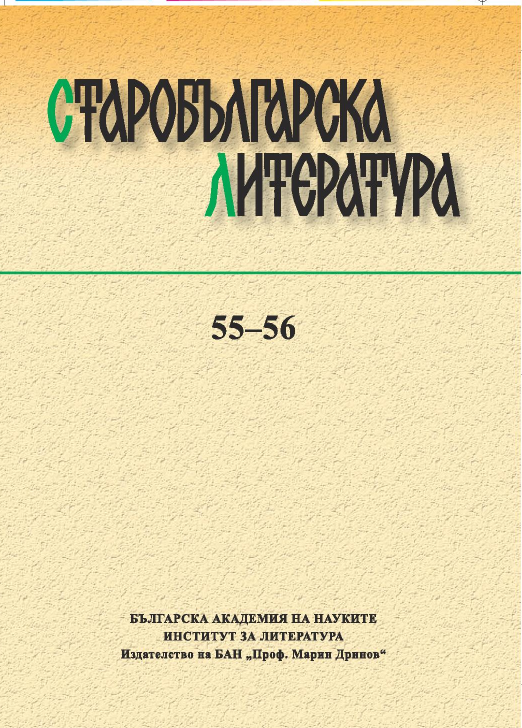
The subject of this article is the origin and dissemination of a short fragment containing the name of the Prophet Daniel. The author examines the fragment’s relation to the complete translation of St. Jerome’s Commentary on the Book of Daniel and reviews the reception of this Old Testament book in Eastern Europe together with its use in Slavonic miscellanies as a new source for literary interpretations. The fragment appears in Slavonic manuscripts of Russian, Western Russian, and Moldovian origin from the 13th through the beginning of the 17th century. It even appears in a document from the collection of the Greek-Catholic Chapter in Przemyśl (Poland), which further testifies to its wide dissemination. Comparisons of this fragment with other works reveal not only discrepancies in the Greek sources’ rendering of Biblical verses, but also variations in the language preferences of the different translators. The text illustrates a variety of compilation techniques for creating medieval miscellanies and points to preferred sources for creating new works. It is a compilation of heterogeneous works aimed to satisfy readers’ curiosity and prepare its audience for the arrival of the Antichrist.
More...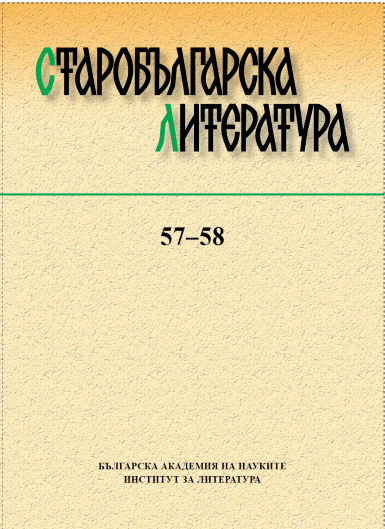

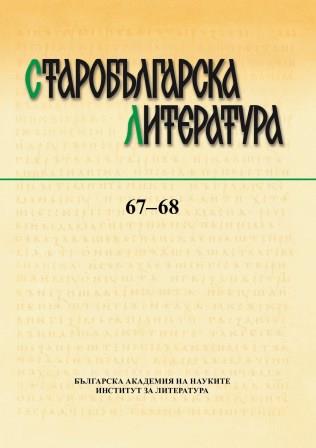
This paper presents some new facts about the translation of the relics of St Parasceve of Epibatae from Belgrade to Istanbul and their stay in the city until the fourth decade of the 17th century: 1. After converting the Metropolitan Church of the Assumption of the Virgin Mary in Belgrade into a mosque, Sülejman I (1494/1495‒1566) allowed its clergy to take the relics to Istanbul. 2. Perhaps for some time the saint’s relics were located in the Serbian church of Istanbul, and therefore it was originally called St. Petka. 3. After the obtaining of the relics by the Greek patriarchate, they were kept in a separate chapel of the Pammakarystos monastery. 4. The story about the Patriarch Parthenius being drowned by the Ottomans, because he donated the relics secretly to Voivode of Moldavia is a legend.These new facts testify that the popularity of the saint’s cult did not die out with the conquest of Belgrade by the Turks and was one of the main reasons for the last journey of St Parasceve of Epibatae’s relics to the place of their present residence in the city of Iași, Moldavia.
More...
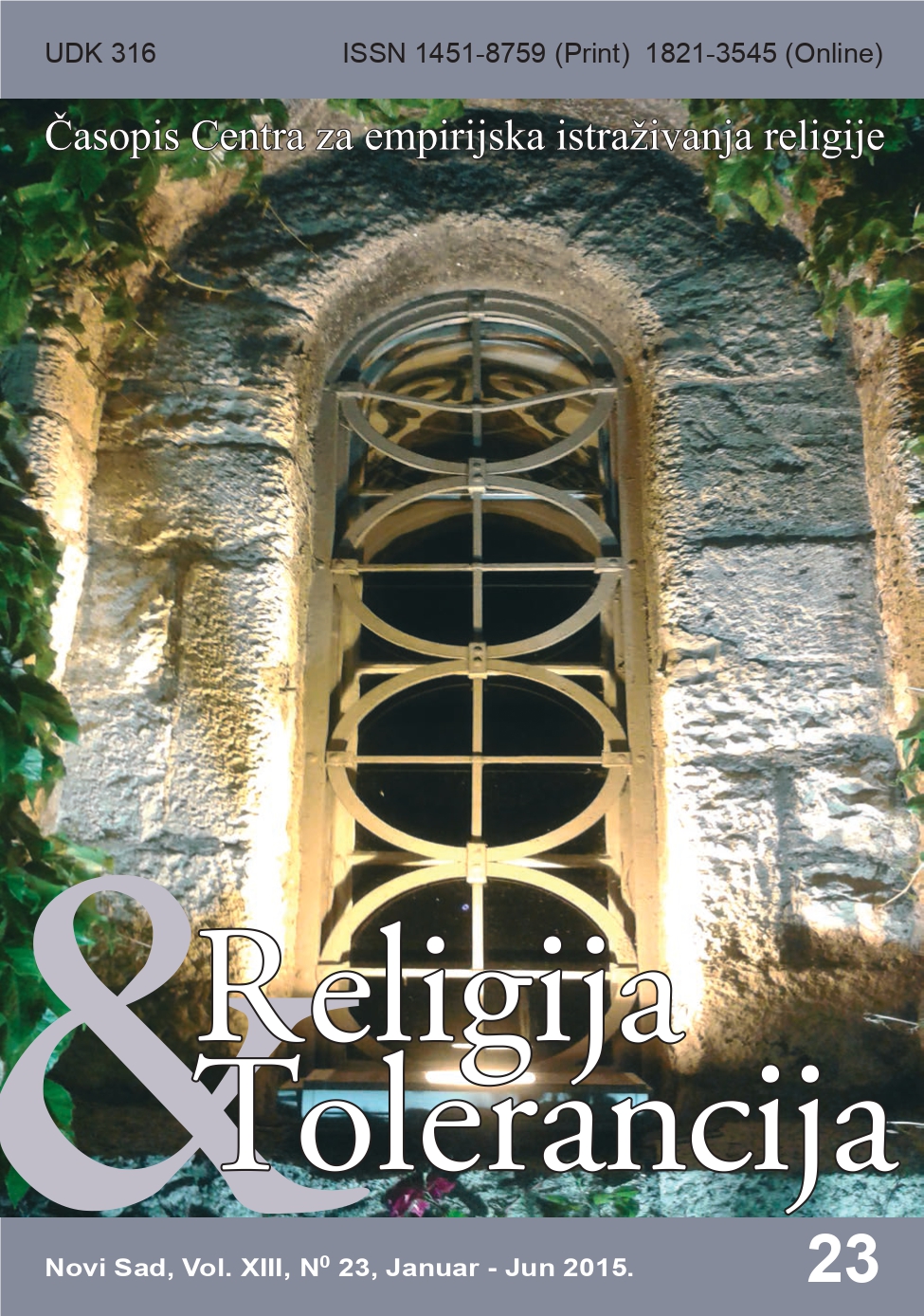
Liberation theology is a movement emerged on the territory of Latin America within the Catholic Church. As a system of ideas the first time it appears in a period of great social changes of the sixties and seventies of the XX century, in the time ecclesiological debates (Vatican II) and political unrest (many revolutions). Liberation theology is a cry to God for centuries oppressed man by the colonizers, imperialists and capitalists. In short it is a reflection of the efforts of the poor, which together with its allies, seeking in Christianity and the gospel inspiration for action against poverty and for the complete liberation of mankind. Although liberation theology, Vatican condemned and contested and although largely colored by Marxist ideas that tend to consolidate Marxism and Christianity, it has experienced a very strong reputation and numerous supporters, has spread around the world and gained numerous strongholds even in high ecclesiastical structures and carried out great impact on many popular movements and communities who struggle for the rights of the inhabitants of the Third World, the natives, the poor, the miserable, the oppressed and those that society rejects.
More...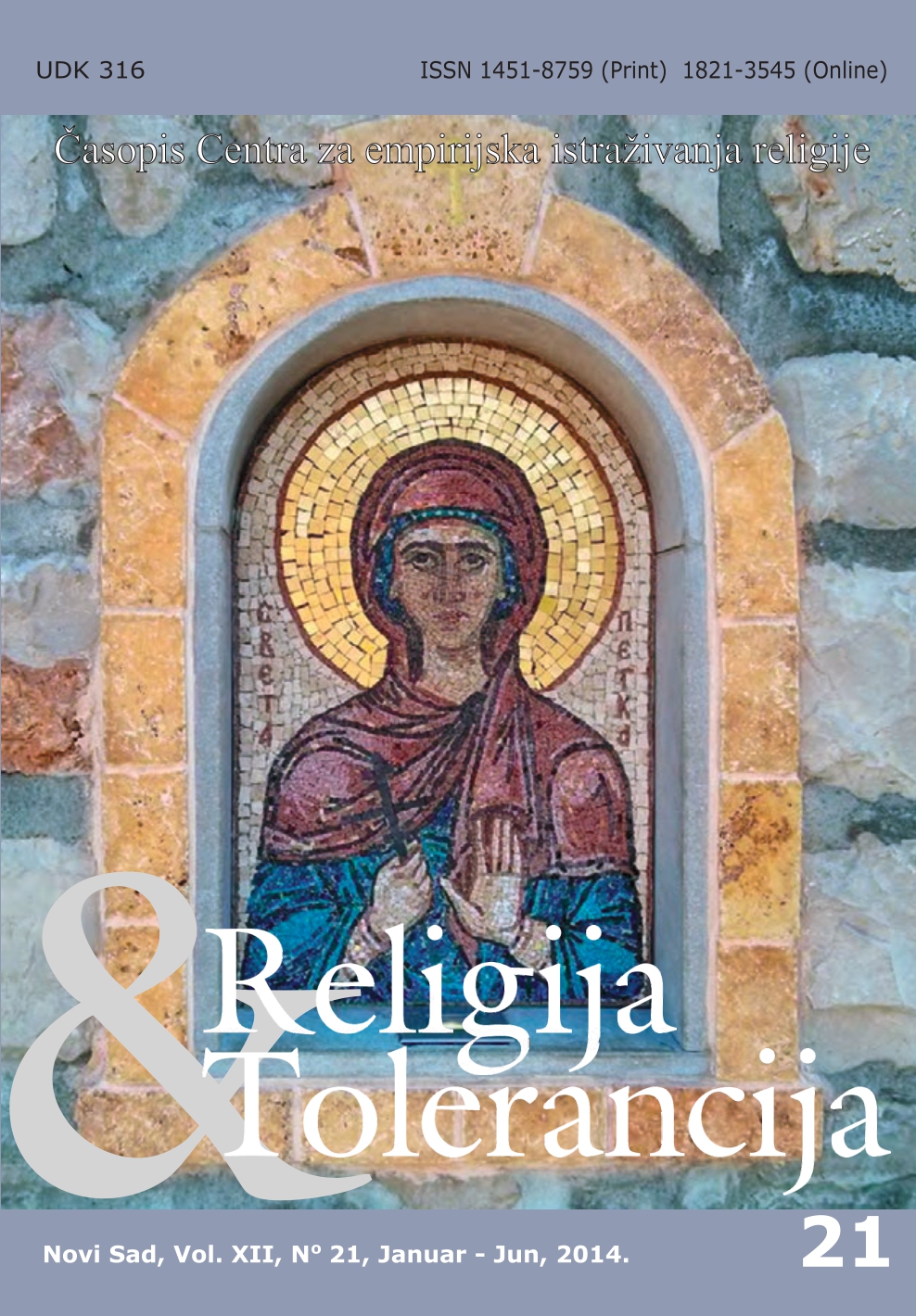
When it comes to the Western Balkans, one of the numerous and influential dervish orders certainly is Bektashi dervish order. Bektashi dervish order originates in the region of Anatolia in XIII and XIV century. Due to its fundamental characters that embodied in the comprehensive syncretism, Bektashi dervish order early XVI century takes Shiite - Alevi character, determining their religious teachings as a combination of the doctrine of Shiism and Alevism, embodied through the various elements of Sufism, mixed with elements and traditions that originating from Christianity, Buddhism, Platonism, Hurufism and ancient Turkish culture. The expansion of the Ottoman Empire, and due to certain socio-political circumstances Bektashi dervish order comes in the Western Balkans, where the territory of Albania has its stronghold and remains permanently attached exclusively to the Albanian population, including part of the Albanian population inhabiting Kosovo and Western Macedonia. During the time of its existence Bektashi dervish order happens often subject to political instrumentalization, starting by the Ottoman state in which they served as a colonizing dervishes in order Islamization of the population, and the Albanian political elite, who used them as an instrument for the sake of homogeneity of Albanian society on a religious basis. In this context, this paper gives an overview of the most important features of the Bektashi dervish order, related to their origin, the basic theological doctrines of their religious teachings, hierarchical structure of the community, religious rituals and practices, as well as expansion in the Western Balkans and the political instrumentalization of the Albanian political elite in the XVIII and XIX centuries.
More...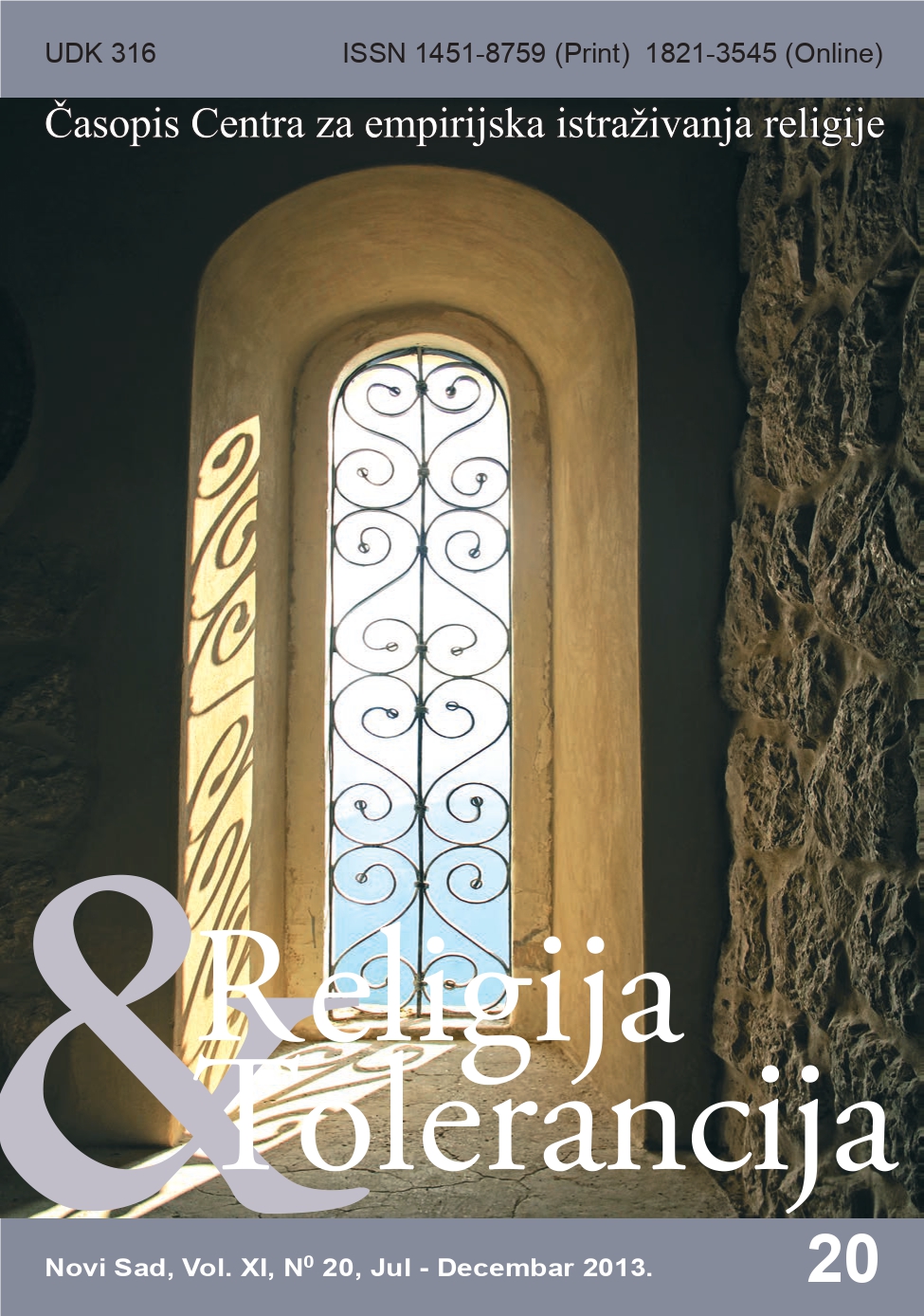
The religious life of Albania in last hundred years went through many phase of ups and downs. This fate shared and the Orthodox Church. She led not only to fight for survival within the dominant ideology of the state, but also to the integrity of Parliament within the local Orthodox Churches. Unfortunately, just two years before the beginning of the Second World War, she was awarded the rank Archdiocese. By establishing a new, communist ideology, Albanian Orthodox Church faces with another persecution, this time induced inside. Four decades of destruction will not completely destroy spiritual thread and 1990, with the opening of the state comes to the revival of religious life, and the Orthodox Church will rise from the ashes like a Phoenix. Today, role of the Albanian Orthodox Church goes beyond spiritual responsibilities, it already figured as a prominent factor of international cooperation and dialogue.
More...
Allow me to quote these unusual – or should I say genial – words of Constantine the Great dated to 313 AD: “No one should be forced to observe religion… Let everyone follow the religion he chooses… Everyone may freely believe in what his heart wants… One who is convinced to be in the right path of faith should not mistreat others. At worst, he should only help others. If he does not want that, let him leave them be. Let everyone try to save his soul as his soul desires, it should not be forced onto him. I wish that my people live peacefully and be serene; this is the common good of all people and the entire Empire. Let those who mistake, same as those who have faith, feel joyfully the benefit of the peace and serenity. Namely, that graceful peace in society may bring those who mistake back to the right path. Let no one mistreat others and let everyone have what his heart wants, and let them revere what they believe.
More...
In developing the topic of the paper we started from the transparent picture of real life in Arabia through presentation of the most important religious and sociocultural elements. Historic circumstances but also the strategic trade interest between the two world empires – Bisantine and Persia brought the two empires into conflict. Bisantine empire was the protector of the Hasanides which professed monophisity, and Persia protected the Lahmids which protected the interests of Nestorianism and Judaism. All of these religious teachings, dominantly of the Syrian – Palestinian type, influenced Islamic moneteism during the following period, which outlined main stream Arabian Christian civilization. Besides the specific Judeo-Christian teachings Biblical and apocrifal-mythological influence was noticed, whose religious segments were incorporated into Koran. Therefore, this paper’s goal is to clarify, at least partially, how ancient flows of Judeo-Christian civilization of Palestinian and Syrian type but with hetorodox religious teachings, were monopolised, and how they infiltrated into Islamic egzegesis. Their complexity tells us about the mytho-poetic language of Koran.
More...